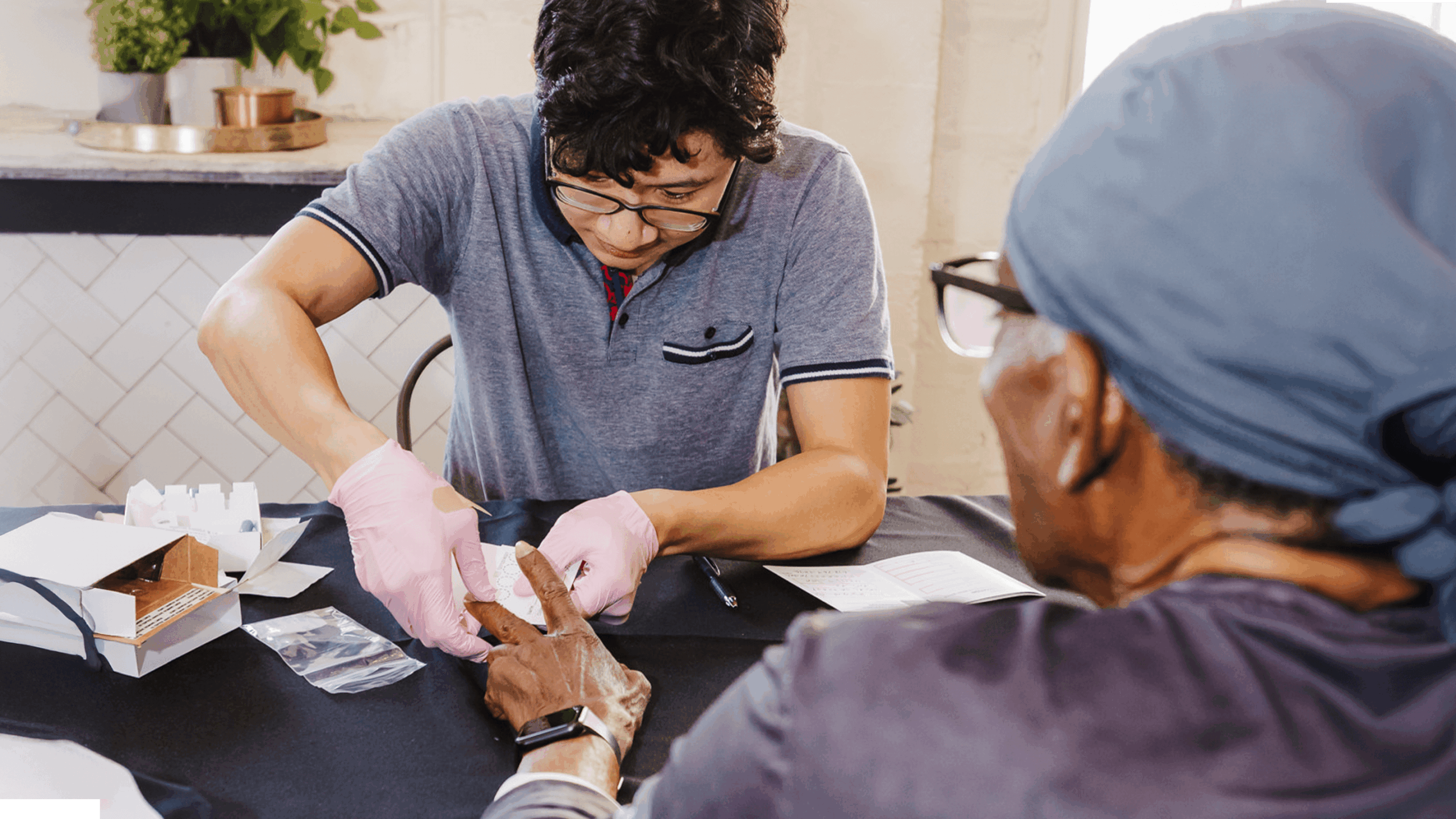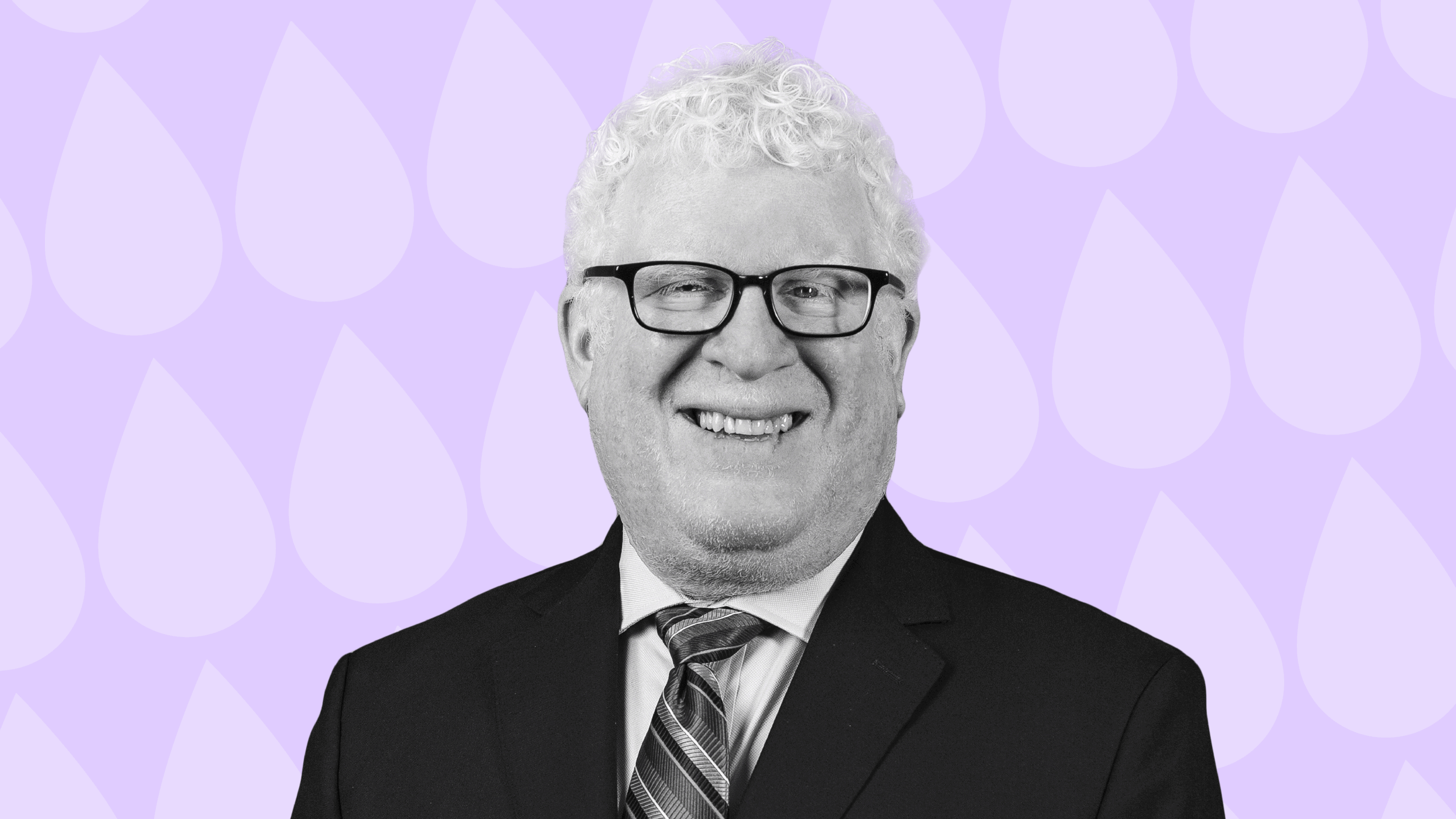Emergency Glucagon: Access, Coverage & Cost Help
Written by: Ginger Vieira
3 minute read
June 14, 2021
If you take insulin or any medicine that can cause low blood sugar, having emergency glucagon on hand is essential—it could save your life.
This guide breaks down:
- What emergency glucagon is
- The types available today
- How to get insurance coverage
- Patient assistance programs that can help you pay for it.
Let’s start with the basics.
What is emergency glucagon?
- Emergency glucagon is a medicine that raises your blood sugar fast during a severe low (hypoglycemia).
- It works by telling your liver to release stored sugar into your bloodstream.
- If you pass out or have a seizure from low blood sugar, someone else—like a friend or family member—can use it on you.
- In some cases, you might be able to use it on yourself if you’re still conscious and feel a severe low coming on.
Types of emergency glucagon
Today’s options are easier to use than the old-school kits. Here are the most common types:
| Type | Product | How It Works |
|---|---|---|
| Nasal Spray | Baqsimi® | You spray it into your nose. No needles. |
| Auto-Injector Pen | Gvoke HypoPen® | Press it against your thigh. It injects the medicine automatically. Also available as a prefilled syringe. |
| Vial & Syringe | Gvoke Kit® | Draw up the dose manually and inject it. |
| Auto-Injector Pen | Zegalogue® | Similar to Gvoke—easy to use and also available as a prefilled syringe. |
How to pay for emergency glucagon
Even with insurance, emergency glucagon can be expensive. Here’s how to lower the cost:
Copay cards (For people with insurance)
- These cards help reduce your out-of-pocket cost.
- They don’t work with government-funded insurance like Medicaid or Medicare.
Patient assistance programs (For people without insurance)
- Drug companies offer programs to help people get medicine for free or at a lower cost.
- You’ll need to fill out forms and meet income rules.
- For help finding PAPs for insulin, visit GetInsulin.org.
Program details by brand
| Brand | Copay Card | Patient Assistance |
|---|---|---|
| Baqsimi® | Yes (commercial insurance only) | Call 1-800-423-4136 |
| Gvoke HypoPen® | Yes (commercial insurance only) | Call 1-877-694-8653 or visit https://www.gvokeglucagon.com/getting-gvoke/ |
| Zegalogue® | Yes (commercial insurance only) | Call 1-800-727-6500 or visit https://www.novocare.com/diabetes/products/zegalogue.html or sciist |
Note: These offers don’t apply to people on Medicare, Medicaid, TRICARE or other government programs.
What to do if insurance denies coverage
It’s frustrating when insurance won’t cover a medicine that could save your life. Newer glucagon products may be denied because they’re not yet on your plan’s “formulary” (drug list).
Here’s what you can do, with advice from Michael Gambrel, a diabetes dad and healthcare advocate:
Step 1: Know your rights
Under the Affordable Care Act, you have the right to:
- Know why your claim was denied
- Appeal the decision
- Request an independent review
Step 2: Check the formulary
- Look up your insurance’s drug list. If the product is listed, make sure your doctor has submitted the right diagnosis and prior authorization.
Step 3: Request an exception
- If it’s not covered, ask your doctor to submit a “medical necessity” form. Explain why older glucagon kits aren’t safe or effective for you.
Step 4: File an appeal
- Start with your insurance’s internal appeal process. If that fails, request an external review by a third party.
Don’t give up
- If coverage is denied, go back to the copay cards and patient assistance programs.
- Call the support lines.
- Ask questions.
- Keep pushing.
- Emergency glucagon is life-saving. You deserve access.
This content was made possible by Lilly, a founding partner of Beyond Type 1.
Beyond Type 1 maintains editorial control over its content.
Related Resources

This year’s Type 2 Virtual Summit featured an informative community Q&A session with Diana Isaacs,...
Read more

Dr. Robert “Bob” Gabbay, MD, PhD, is an associate professor of medicine at Harvard Medical...
Read more

New year’s resolutions can have a way of telling us to shrink, detox, eliminate, restrict...
Read more


